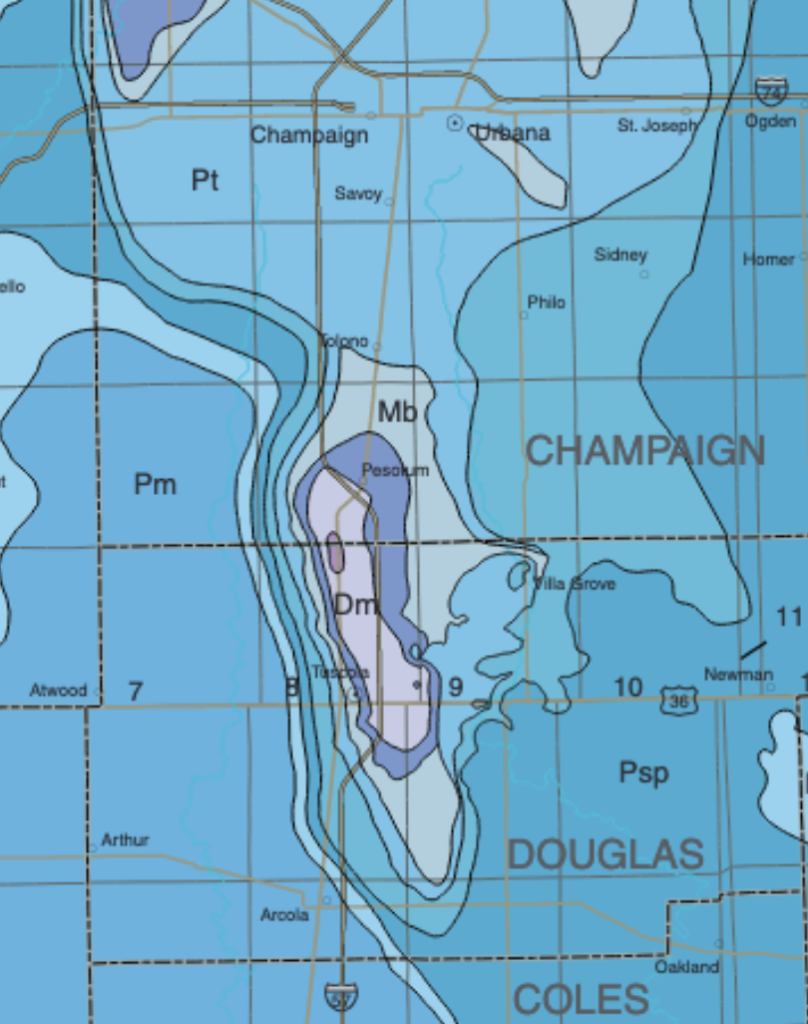
If you are a senior scientist, and especially if you are an astrophysicist, it’s hard not to hold forth on topics that you know very little about. I’ve been chalking up (at best) only modest performance on this particular metric.
The traces of such investigations often focus on big-picture questions. Percival Lowell sought the signatures of Martian Civilization. Nathan Myhrvold gets all worked up about asteroid diameters. My own foray into the unknown (or rather, the unknown to-me) is currently centered feverishly on a topic that at first glance seems somewhat more pedestrian: erosion.
Here’s the motivation: the topographical angular power spectrum of Venus is very different from that of the Earth.
Recall that the angular power spectrum provides clues to the formation and origin of a particular structure. Take the Universe. The temperature variation of the microwave background shows undulations that peak at an angular scale of order a degree, which is visible both in the anisotropy map as well as in the power spectrum:


The clearly defined peaks in the spectrum of CMB temperature anisotropies stem from acoustic oscillations and diffusion damping in the early universe, and they encode all sorts of information about the fundamental cosmological parameters. The success of that analysis is so amazing that it spurs the possessor of inexpertise to seek possible replications in other areas.
While the topographical power spectrum for Venus is very muted in comparison to Earth, it does peak at the low-order l=3 and l=7 odd-l modes, and therefore exhibits a mild form of the antipodal anticorrelation that has characterized the plate tectonic motions on Earth over the past half billion years, and possibly for much longer.

This prompts the big-picture speculation that places me way outside my zone of expertise and into the Lowell zone. What if Venus once had continents and oceans. Then, what if, Venus underwent a runaway greenhouse, lost all its water and its plate tectonics shut down. Then, what if, the current topography is the result of gradual emplacement of lava from stagnant lid volcanism over the past N-hundred millions of years. How naive is this speculation? Is it possible to investigate it responsibly, or at least semi-responsibly?
Arthur Adams and I took a crack at this. It’s normally not the best idea to post one’s papers to arXiv in advance of peer-review, but I have enough arrogant confidence in the lost-oceans hypothesis that I pushed to take the indulgent plunge. We submitted our paper to the PSJ and posted it to the pre-print server.
Not surprisingly, we were summarily rejected from the PSJ, albeit with a review that, while negative didn’t quite close the door on the idea. Down, yes, way down, but not yet out!
In order to turn Earth into Venus, one needs to shut down tectonic uplift and then erode the topography almost completely. The idea is that if one loses one’s oceans to a runaway water-vapor greenhouse, that process — which ends when the last drop falls or the last puddle evaporates — is highly erosive. The weather is — by definition — terrible while you’re losing your oceans. How fast does erosion work on the largest scales under such conditions?
—-
I grew up in Urbana, Illinois, and I realized yesterday that a clue might be lying literally (and figuratively) in my backyard.
On the surface, Central Illinois is incredibly flat. From the highway overpass, the corn and bean fields stretch away for miles in all directions. This billiard ball quality is the result of recent glacial retreat, which left the landscape with a veneer of till that smothered the old ravines and hollows. If one scrapes this frosting off the cake, one gets the bedrock map of the state:

The picture at the top of this post was coincidentally taken from the back seat of a car when I was headed south of town on Interstate 57. Beneath the flat surface, at the southern border of Champaign county is a remarkable variation of bedrock that expresses itself over just a handful of miles:

What is going on there?
To hew to my self-imposed goal of posting once per week, I’ll stop there, and pick up next week. To my dozens of readers, stay tuned!
